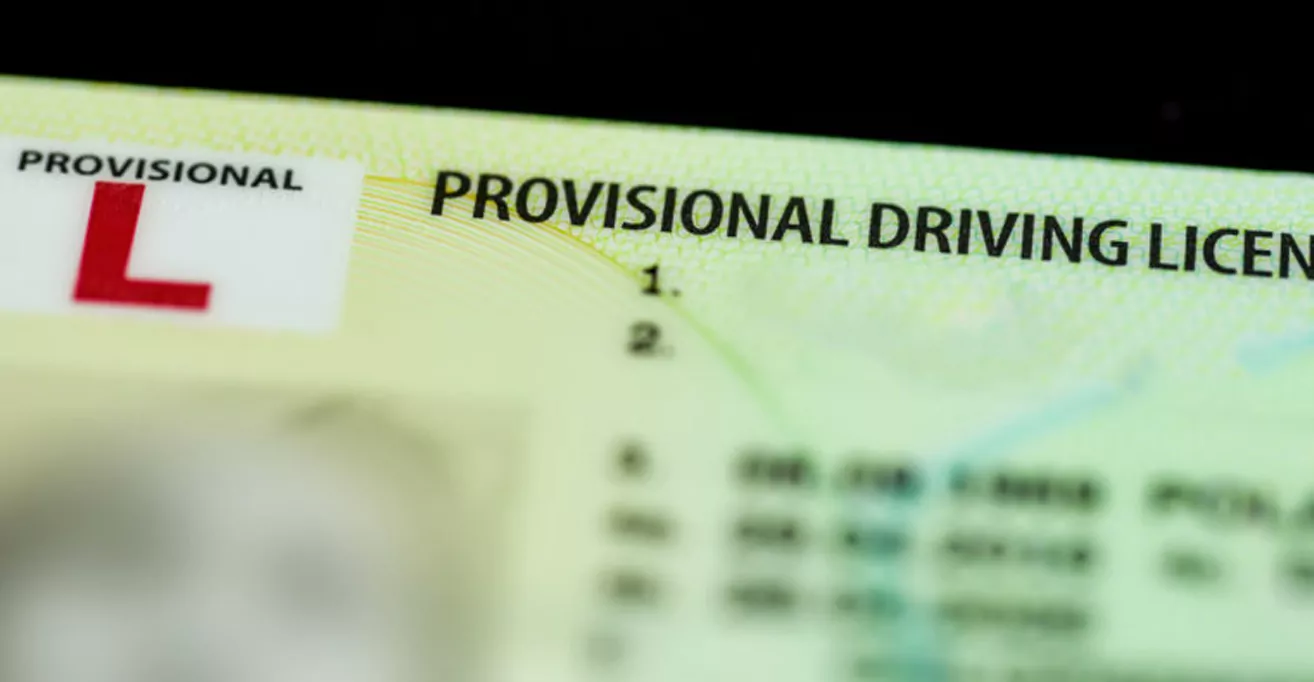Can I Ride a Motorbike on a Provisional Licence?
The Regulations Set in Place in the UK
It is imperative that you follow the laws and regulations set in place for the safety of yourself and others when considering operating a motorbike on public roads. One of the initial steps in the process of legally riding on public roads is obtaining a provisional licence. With this, individuals can begin their preparation and subsequent training for obtaining a full licence. After obtaining a provisional licence, the next obligatory step is to complete compulsory basic training (CBT) in order to be eligible to receive your certificate which allows you to ride. CBT is a detailed training program that goes over the foundational principles of motorbike operation, encompassing things like safety measures, defensive riding techniques, and
proper handling of the vehicle itself. Because it ensures that individuals have the necessary knowledge and skills to properly ride a motorbike on public roads, for that very reason CBT training is a mandated part of the licensing process.
Individuals, once the CBT is successfully completed, must afterwards pass both portions of their two-phase practical test within a two-year period of finishing the theory test. This is to ensure that they have retained, and can demonstrate the knowledge and skills obtained during the CBT. The person will have to start this process all over again if he fails to pass both parts of these practical tests within the allotted two-year timeframe.
Why are the Rules in Place?
It is for a very good reason that the laws and regulations surrounding motorbike operation on public roads are in effect, and it is crucial that they are followed. This ensures not only the safety of the rider and other adjacent drivers on the road, but also helps to prevent accidents and injuries which burden the community as a whole, coming at heavy financial and mortal costs. Additionally, not following the laws can result in fines, penalties, and even loss of operating licence.
Further Practices Every Motor Vehicle Operator Should Do
Furthermore, it is prudent practice to always wear the appropriate safety gear when riding a motorcycle. A helmet, gloves, and protective clothing that shield your arms and legs go a long way and are all standard attire for motorbikers. Equal parts rugged fashion and practical function, these items provide protection in the unfortunate event of an accident and also aid in improving visibility, making the rider more readily observable to other drivers.
It is also important to stay up-to-date with the current laws and regulations regarding motorbiking which may change as the months and years go by so that you are not caught unaware of any changes. These rules can transform over time and it is the rider’s full responsibility to ensure they are aware of any updates or changes. This can include (but is not limited to) changes to licensing requirements, safety mandates, and road rules, all of which get morphed by the consistent waves of new events, city developments, and actions of political parties that cycle in and out of office.
Driving is not as simple as haphazardly throwing your key in, starting a car (or in our cases a motorbike), and tearing up your nearest road; it demands knowledge of traffic laws, awareness of one’s surroundings, and the ability to make expedient but nevertheless safe decisions. Whether it be a car or motorbike, the act of driving requires competent physical and mental coordination, as well as the ability to react in emergency situations. Being behind the steering wheel of any motor vehicle is a complex task that must be trained, practised, and done with constant awareness, to ensure the integrity of yourself and others you share the road with.

